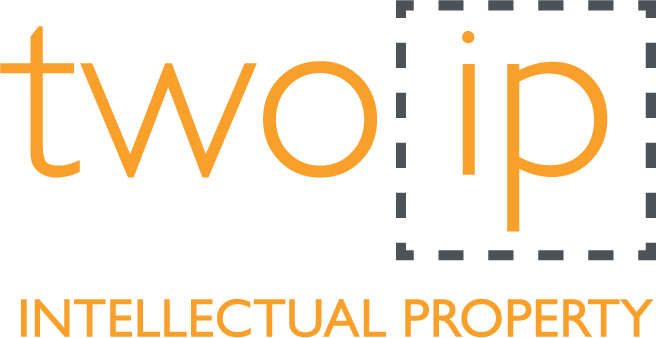Our new patent attorney and Artificial Intelligence (AI) expert, Coreena Brinck, reviews the basics of AI and summarises the differences between generative AI and Artificial General Intelligence.
Over to you, Coreena….
As a patent attorney I’ve always enjoyed working with computer-implemented technology and AI systems are computer programs which I find particularly interesting. AI programs can allow insights into data to be found which might otherwise be missed completely and/or be found more quickly than if a different analytic approach is used instead.
I’ll keep the explanation from here on in as simple as possible to give a basic overview of AI technology as I’ll be writing more in-depth about the many forms and flavours of artificial intelligence as it permeates our lives in so many different ways in future blog articles.
AI – what is it good for?
AI is already being used for applications ranging from drug discovery and image diagnostics in the medical sector, and in control systems for everything from coffee makers to cooling systems, cars to entire factories, and transport networks to stock pickers. In 6G communication networks AI systems will be used in various contexts to maximise the utilisation of resources. AI language models, such as Chat-GPT and LLAMA, are increasingly being used in a range of applications. This type of AI model can be trained for things like screening job applicants to approving your mortgage application, as well as a whole host of text-based applications, including speeding up the process of writing patent applications! Pretty scary stuff. Which is why there is so much in the news about regulation, ethics and accountable AI.
So that is what AI can do – but what exactly is AI?
First of all, there are lots of different data analytics and/or decision-making computer programs which provide a form of AI but the term AI these days is used mostly to refer to a computer program comprising one or more neural networks, NNs. Data is input and then flows through the NN which comprises lots of nodes linked together. The nodes of AI NNs modify the data in a particular way, and the way they modify the data can also change with the data input.
To obtain useful output from most AI systems, the AI NN is trained by feeding into the AI NN examples of data which have known patterns or features. Eventually the nodes are modified sufficiently (in other words they “learn”) to process the data in such a way that the AI NN output becomes consistent whenever those patterns or features appear in the data input. How quickly and reliably the AI NN learns to do this depends on which AI NN model is used and also the quality and volume of training data used to train it.
So what is AGI?
Most existing AI systems are narrow AI systems dedicated to one task with a narrow focus of competence. They are set up to tackle a particular task and so are limited in what they can do, how they learn, and the pace they can learn, and do not adapt easily, or at all, if a task they are trained to do later changes.
Some AI models may be reconfigured to perform a different task, especially if they are retrained on new training data for that task, but quite often the only way to handle a completely different task is to build and train a completely new AI model. Developing, testing, and training a new AI model, however, all takes time and money.
Artificial General Intelligence, AGI, models could theoretically be built to tackle diverse tasks like ironing your clothes, ordering food, walking the dog, cutting your hair, driving a car, mowing the lawn. To do this, however, they need to process and learn a bit more about the way humans process and learn. We don’t need to swap out our driving brain and upload and train a new brain to mow the lawn, and then do the same when we want to walk the dog, for example.
This is why there so much excitement about Artificial General Intelligence – they are built slightly differently so they can be used for different types of tasks, as well as allow the tasks tackled by the AI system to change and even be reused for totally different applications. AGI though does not necessarily mean anything with human level sentience (never mind superhuman intelligence). AGI is not the same as Generative AI language models like ChatGPT or LLAMA 2 either – although these are very versatile when it comes to processing text for different applications but they would not be that great for example handling object recognition or allocating communications network spectrum.
This is the most basic and simple explanation I could think of for how AI and AGI differ. I’m sure there is an AI LLM system that could probably generate a more catchy description (possibly biased) but this is my own, human-generated, take. But in a nutshell: AGI models seek to be more adaptable than narrow, task-specific AI models can ever be. A key goal of AGI models is to be able to handle different tasks in different contexts and/or environments, ideally without needing retraining and/or specially curated training data sets. Developing such AGI models, which is hugely challenging, is ongoing and commercially viable systems are likely to emerge in the next few years.
Meanwhile, although AGI may be a game changer eventually, it does not mean that narrow focus AI models which are optimized for a particular type of task are no longer needed.
My recommendation is that it is always worth considering obtaining a patent if you are developing or using AI (or AGI) technology. If you do have any questions about whether you could patent your technology (regardless of whether it is an application which is using AI in a new and inventive way or a fundamentally new and inventive core-AI system) do reach out to me as I’d love to chat with you and find out if I can help you.
Meanwhile, I say “Vive la machine” – in the hope that some day in the not too distant future one will bring me a Martini before cooking my dinner.

Coreena will be taking part in the virtual FemTech Titans Panel on Aug 29th – FemTech Titans: The Women Leaders Trailblazing AI. Click here to book.
For another great introduction to the subject of AI, we have recently enjoyed listening to BBC Radio 4’s ‘Understand Tech and AI’ podcast and would thoroughly recommend – click here to listen.
If you would like to discuss protecting your AI with Coreena, you can get in touch here.




